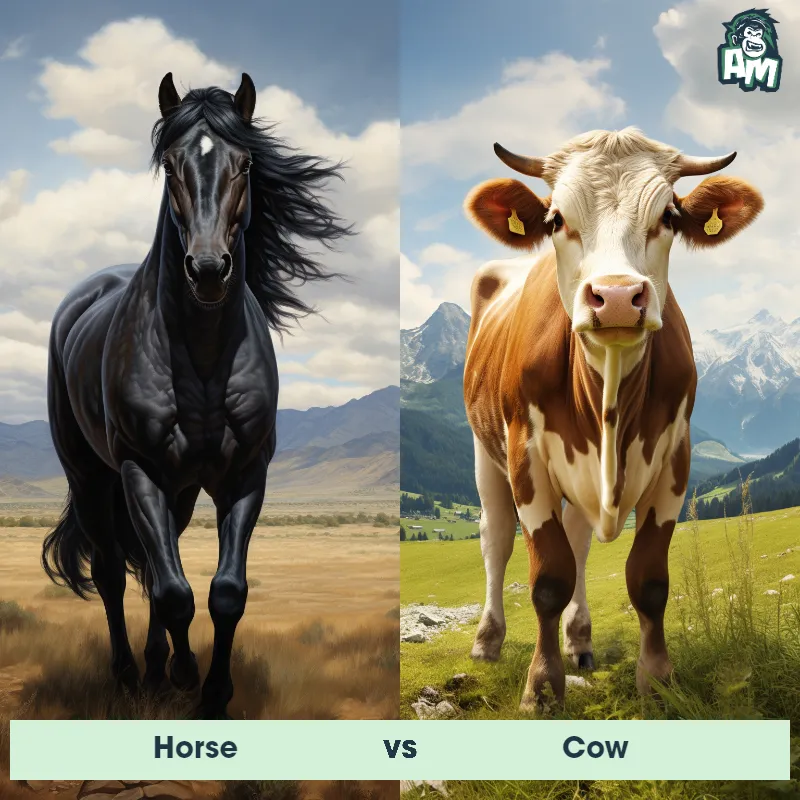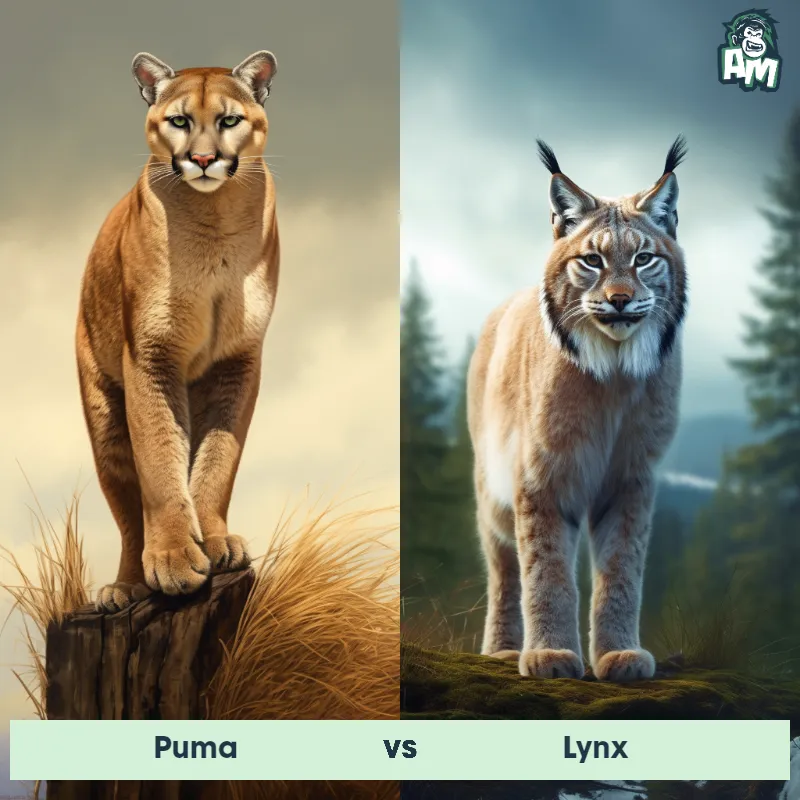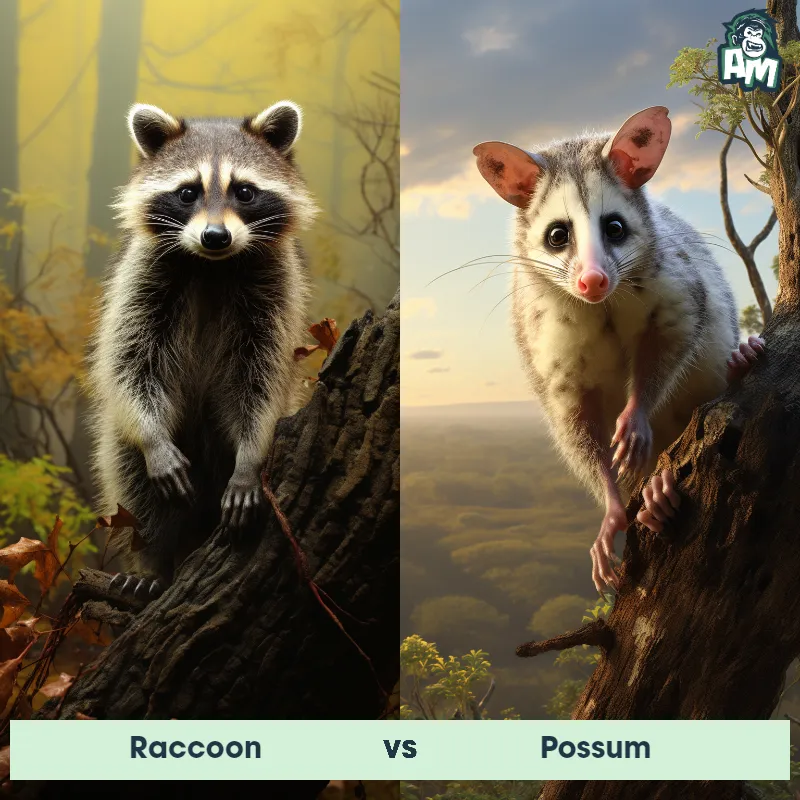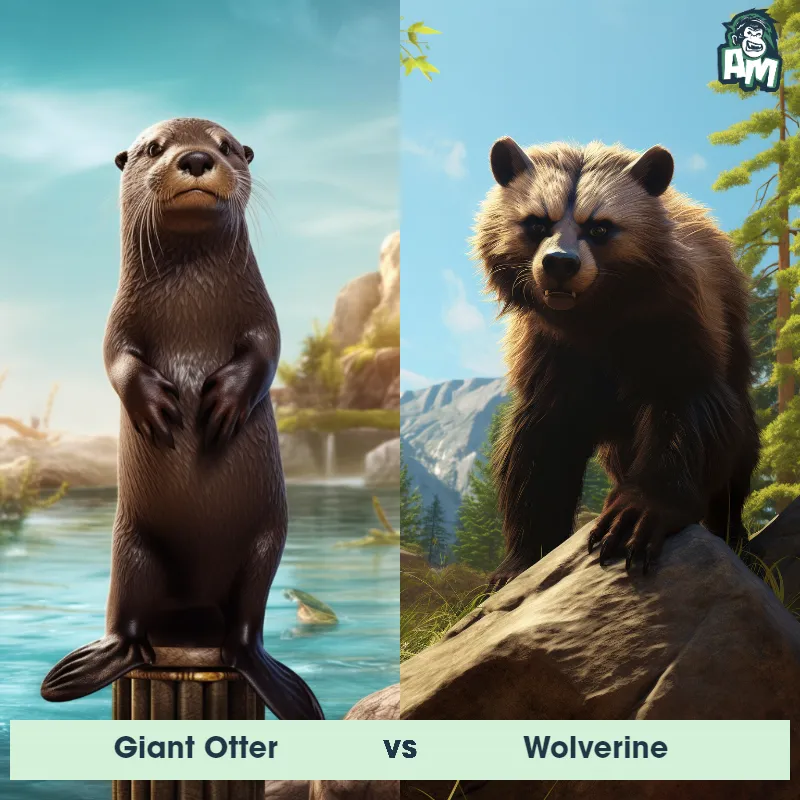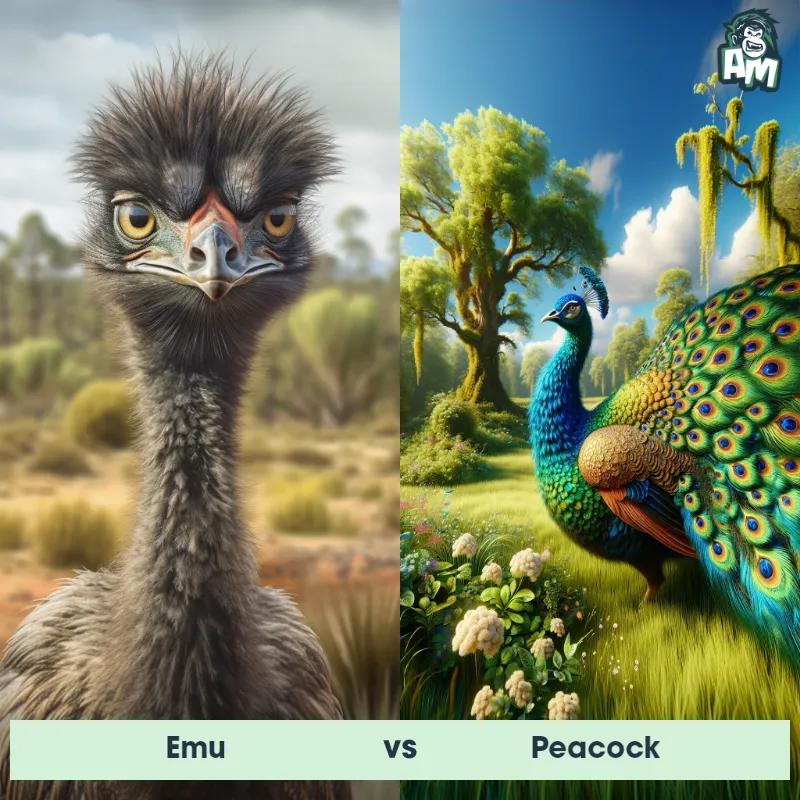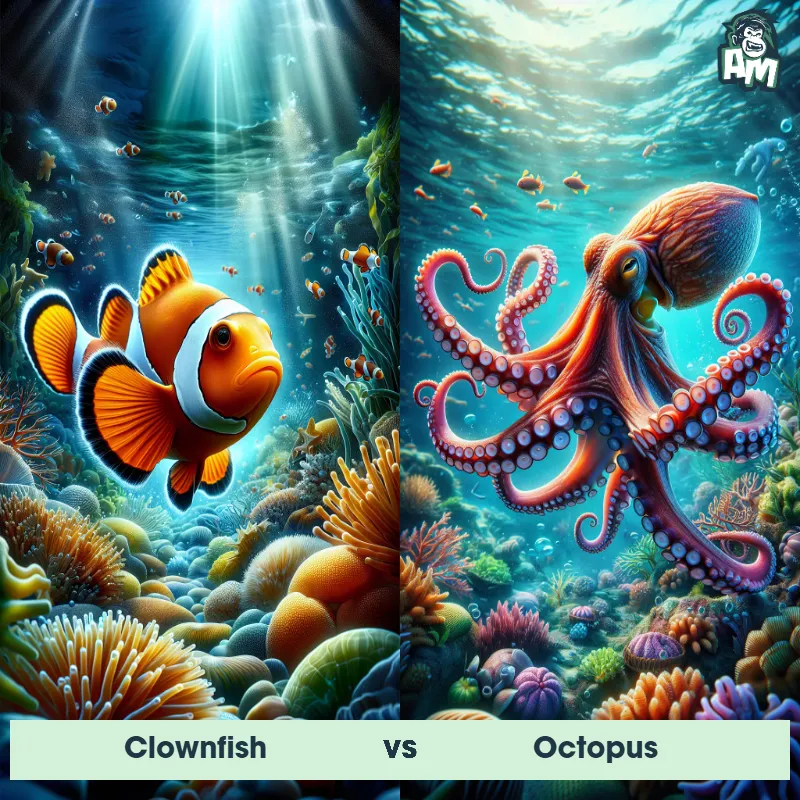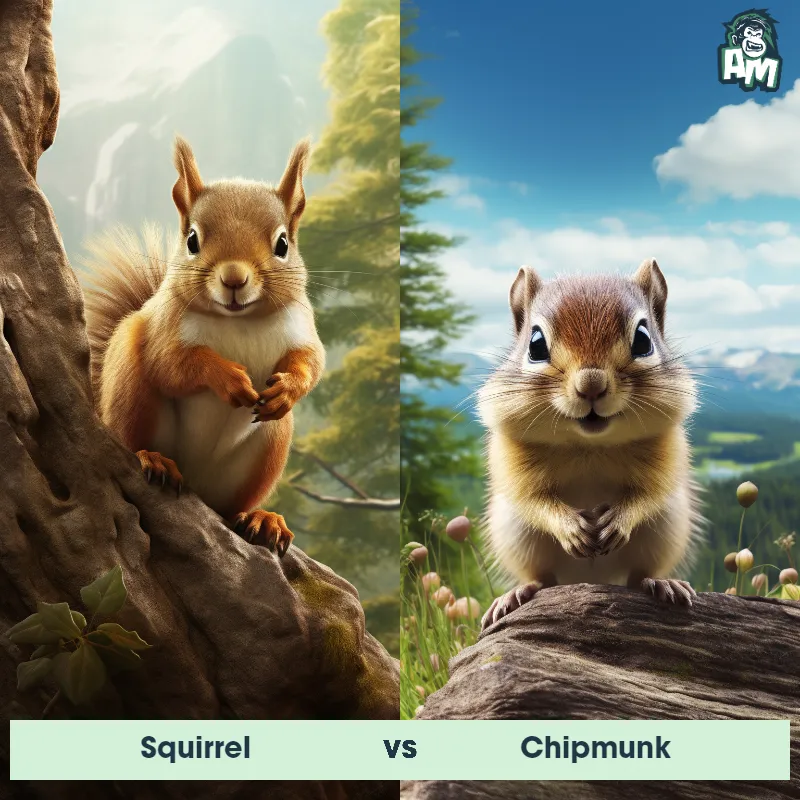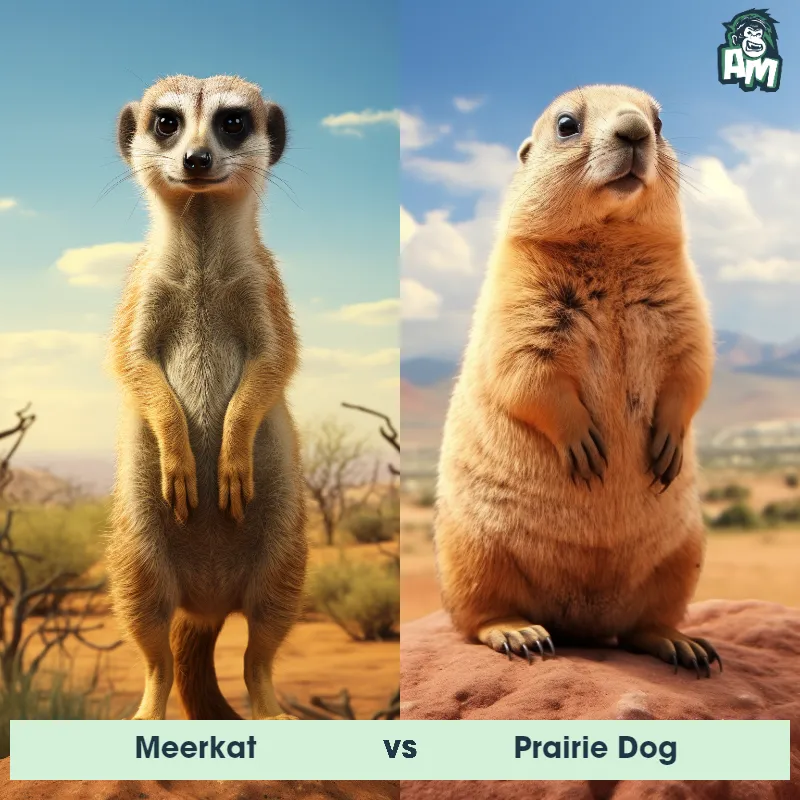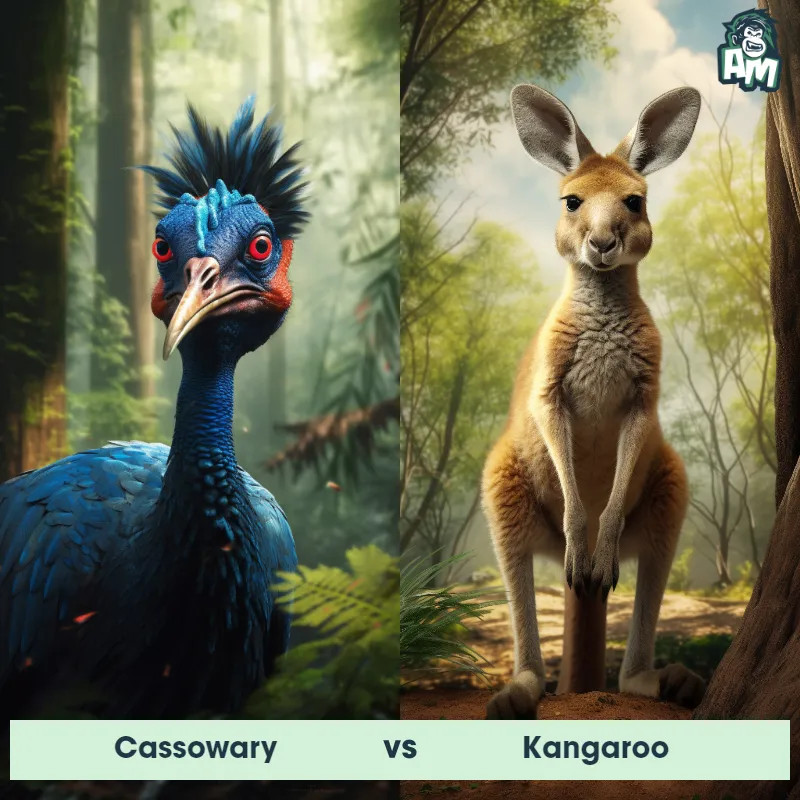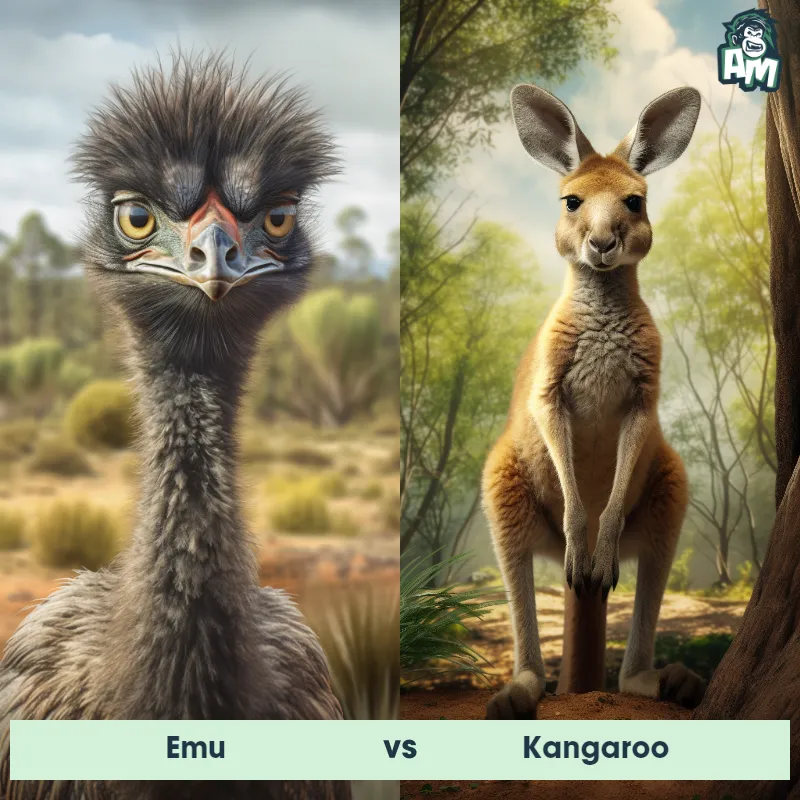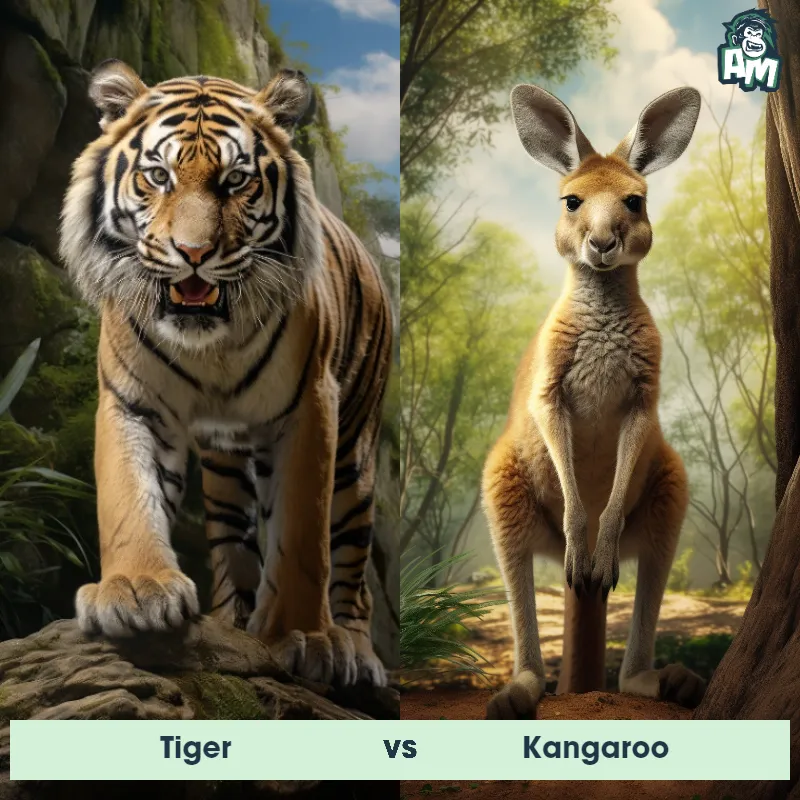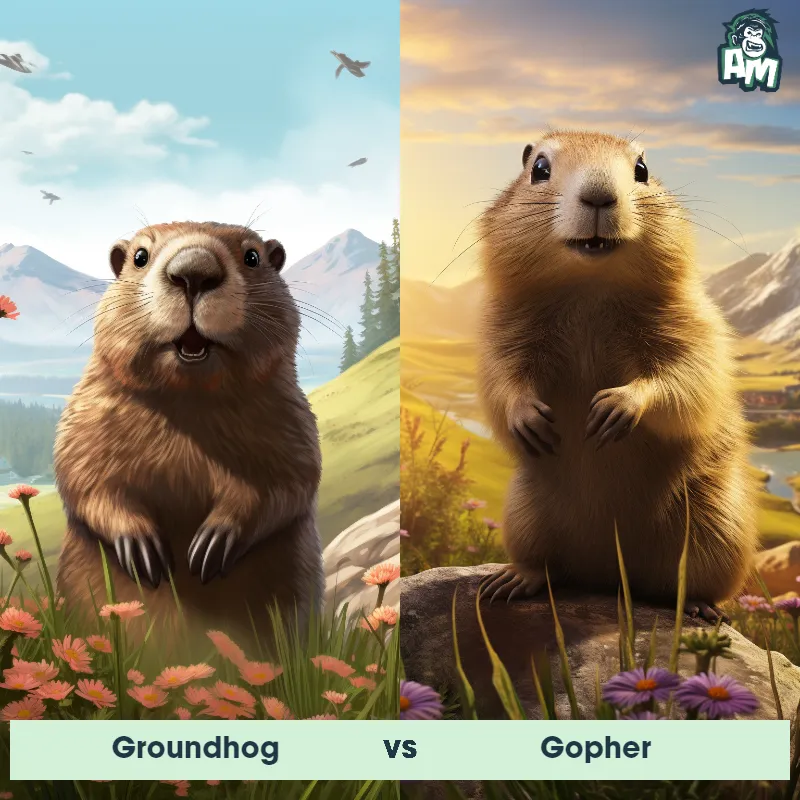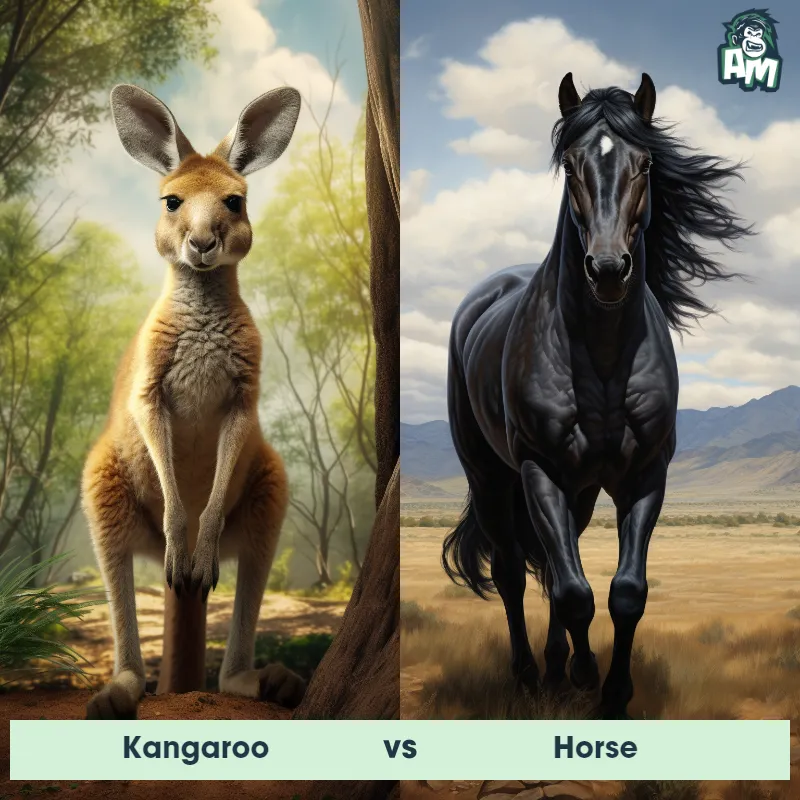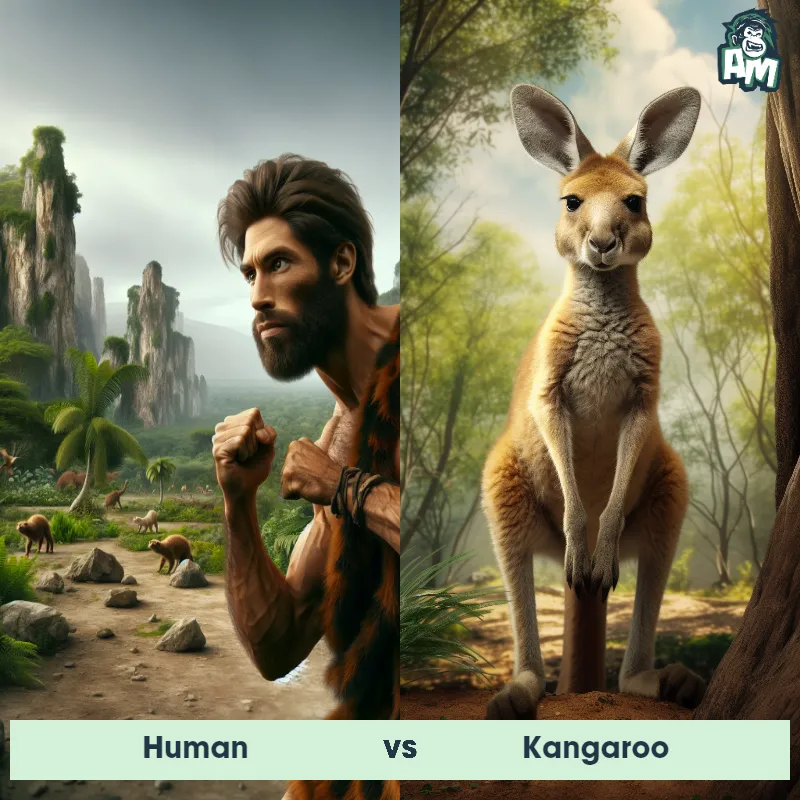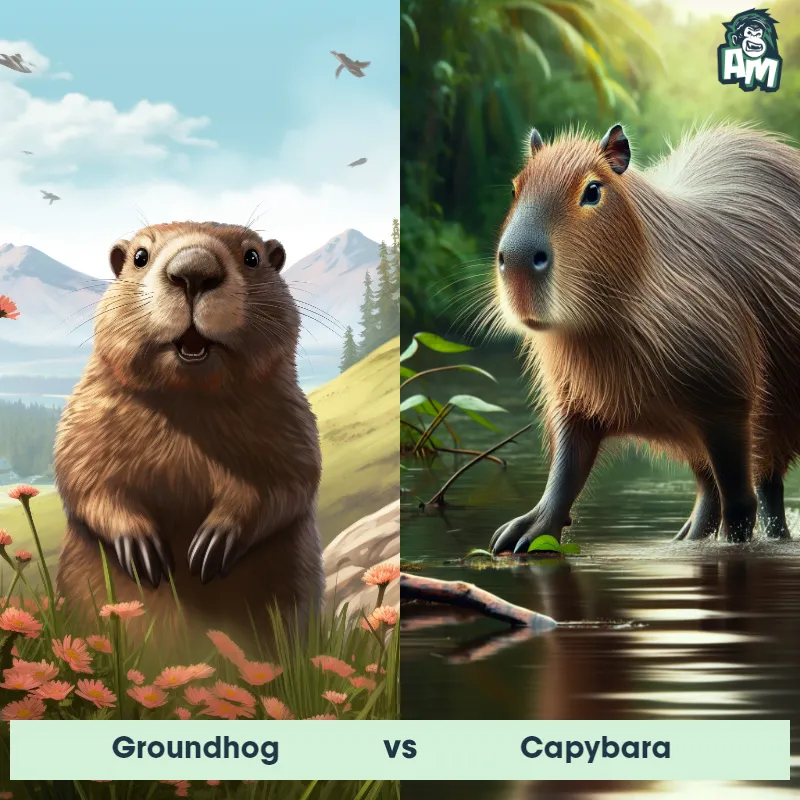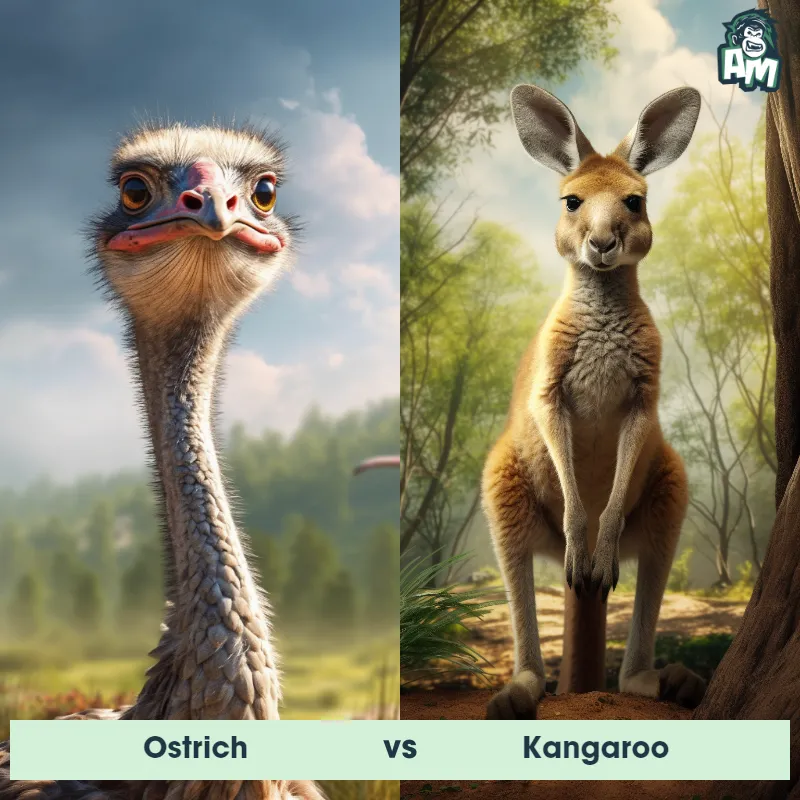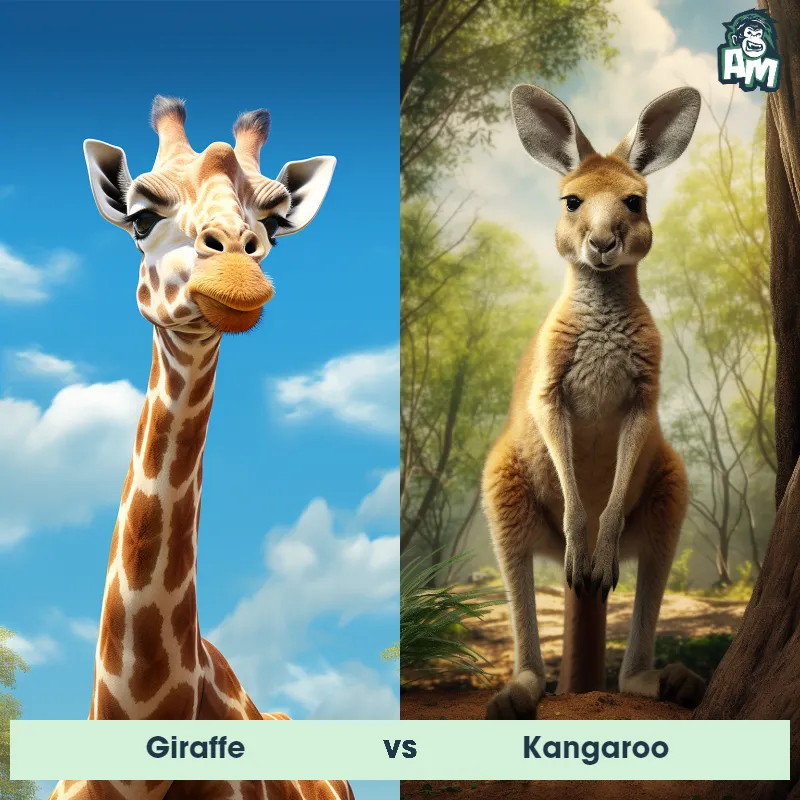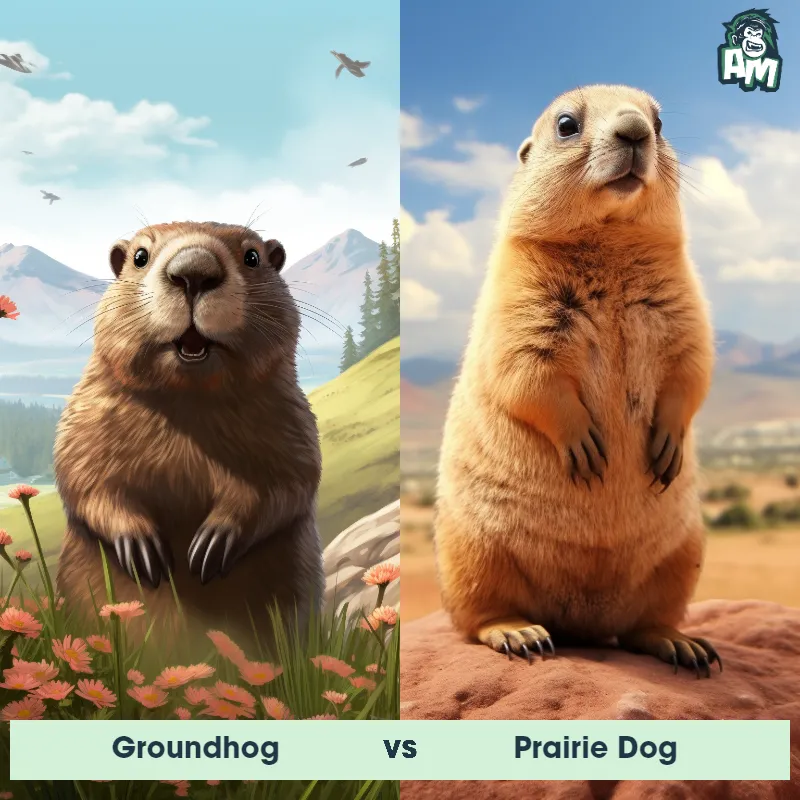Marmot vs QuokkaSee Who Wins

Ladies and gentlemen, welcome to this exciting matchup between two formidable creatures. In one corner, we have the mighty Marmot, known for its burrowing skills and agility. And in the opposite corner, we have the Quokka, a small but feisty Australian marsupial with quick reflexes. It's a clash of nature's best, and we're about to witness an epic showdown!
Contender 1: Marmot
The Marmot, also known as a groundhog or woodchuck, is a medium-sized rodent belonging to the squirrel family. It is characterized by its stout body, short legs, and bushy tail. Marmots have a short, coarse fur that can vary in color from brown to gray, depending on the species. They are well adapted to an underground lifestyle, with strong claws for digging burrows that can be up to 30 feet long. Marmots are social animals, living in colonies that consist of complex tunnel systems with separate chambers for nesting and hibernating. They are herbivores, feeding primarily on grasses, leaves, and flowers.
Fun Fact: Marmots are excellent diggers and can move up to a ton of soil when constructing their burrows.
Contender 2: Quokka
The Quokka, also known as the happiest animal on Earth, is a small marsupial native to the southwestern part of Western Australia. It has a stocky build with a small head, round ears, and a short, broad tail. Quokkas have a friendly and expressive face, with dark eyes and a smile-like appearance. Their fur is coarse and usually brownish-gray, while their underbelly is lighter in color. These herbivorous creatures are well-known for their ability to climb trees and move quickly on land. They are approximately the size of a domestic cat and weigh around 2.5 to 5 kilograms. Despite their cute and cuddly appearance, Quokkas are wild animals and should not be approached or fed by humans.
Fun Fact: Quokkas are known for their photogenic nature, often posing for pictures with tourists on Rottnest Island, earning them the nickname "the world's happiest animal."
Matchup Stats
| Marmot | Quokka | |
|---|---|---|
| Size | Up to 2 feet long (60 centimeters) | Around 45-54 cm (17-21 inches) in length |
| Weight | Up to 13 pounds (6 kilograms) | 2.5-5 kilograms (5.5-11 pounds) |
| Speed | 20mph (32km/h) | 6.2mph (10km/h) |
| Key Strength | Agility and ability to retreat into burrow | Agile and quick movements |
| Biggest Weakness | Relatively small size and lack of offensive weapons | Relatively small size and non-aggressive nature |
Current Votes
Marmot vs Quokka
See Who Wins
View More Matches
Looking For More?
Similar Matches
Scientific Stats
| Marmot | Quokka | |
|---|---|---|
| Scientific Name | Marmota | Setonix brachyurus |
| Family | Sciuridae | Macropodidae |
| Habitat | Mountains and meadows | Coastal scrubs, forests, and heathlands |
| Geography | North America, Europe, Asia | Southwest part of Western Australia, specifically Rottnest Island and a few regions on the mainland |
| Diet | Herbivorous, primarily grasses, leaves, and flowers | Herbivorous - feeds on grasses, leaves, bark, and fruits |
| Lifespan | 6 years - 10 years | 2 years - 10 years |
Key Differences between Marmot and Quokka
- Habitat: Marmots are primarily found in mountainous regions, inhabiting burrows and rocky areas, whereas Quokkas are native to small islands and coastal regions, living in thick vegetation and shrublands.
- Size: The Marmot is generally larger than the Quokka, with adults reaching lengths of 21 to 32 inches, while the Quokka measures only about 16 to 20 inches in length.
- Facial features: Marmots possess a more prominent snout and longer whiskers compared to the Quokka, which has a rounder face and smaller, less pronounced whiskers.
- Geographic distribution: Marmots are widespread across the Northern Hemisphere, including North America, Europe, and Asia, whereas Quokkas are endemic to a small region in Western Australia, mainly on Rottnest Island.
- Coloration: Marmots display a range of earthy tones, with the most common species having a brown or grayish-brown coat, whereas Quokkas are known for their predominantly sandy brown fur.
- Tail appearance: Marmots have a bushy and relatively long tail, measuring about one-third of their body length, while the Quokka's tail is shorter and less bushy, constituting about one-quarter of their body length.



